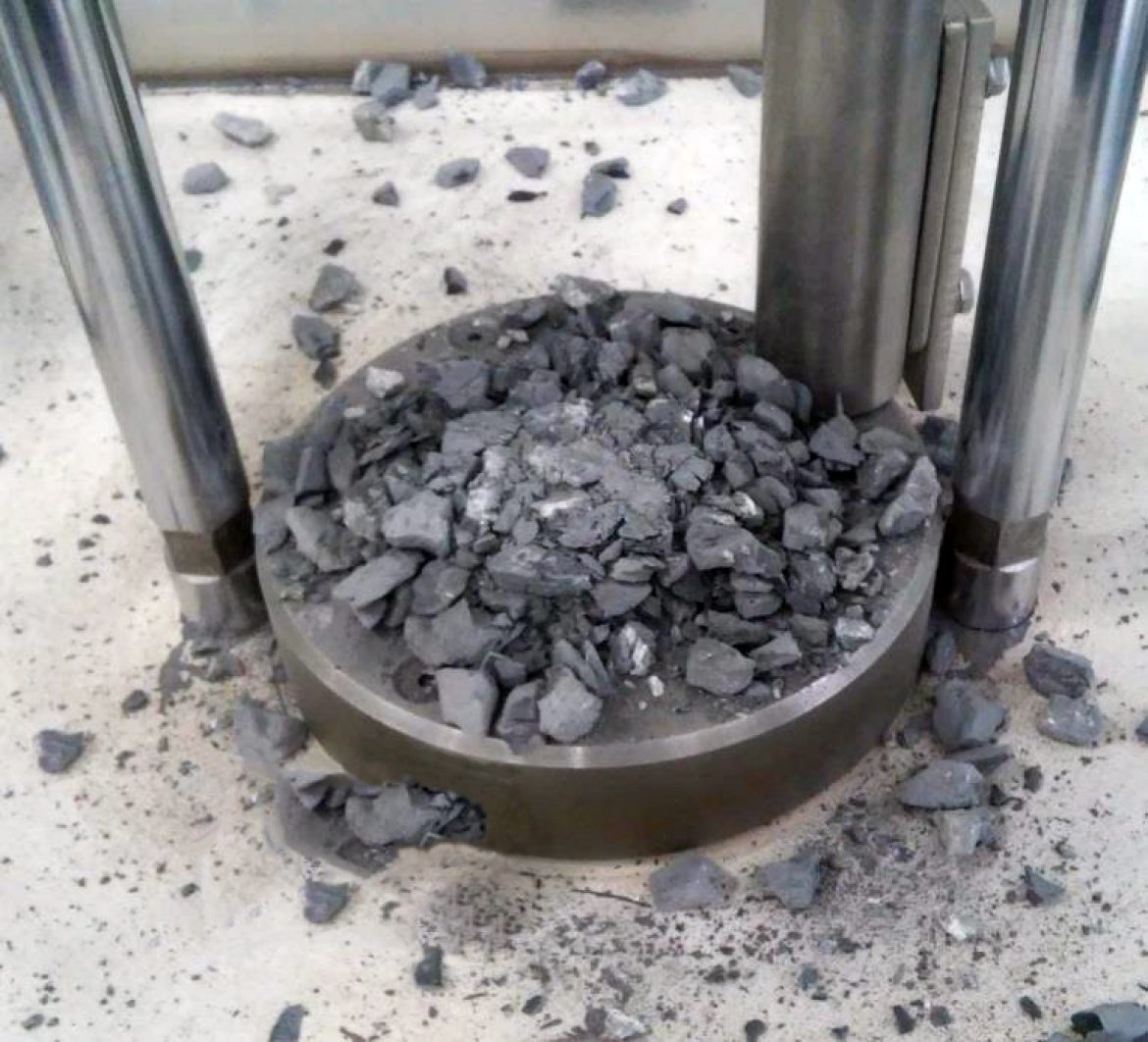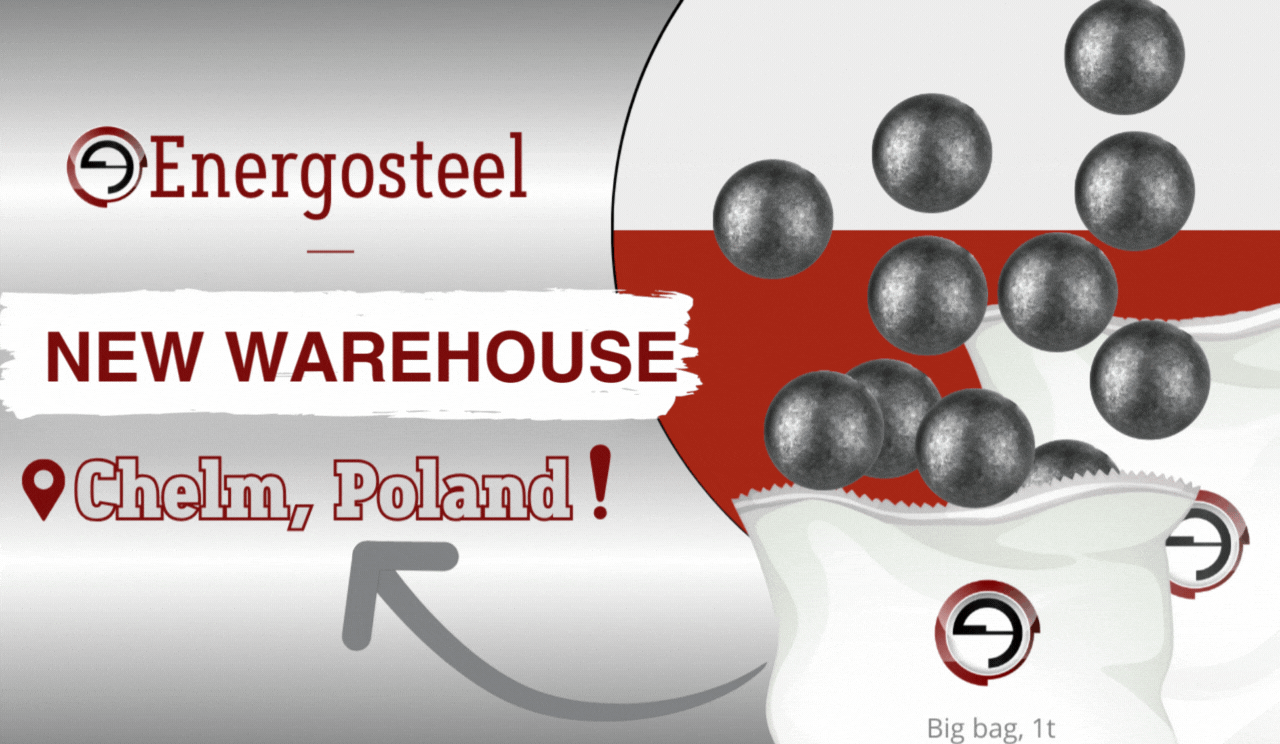Different methods of calculation energy indexes required to choose grinding equipment have been considered on our articles last time. They are all classical, because its basic tenets have been announced in the 1950s.
Falling dart test on JKMRC method has been developed at the Australian Research Centre JKMC in the 1990s. The ore durability is characterised by two types of crushed: the blow and the self-abrasion.
This methodology includes single crushing of pieces through the impact load. The construction has wide range of the action energy, allowing for resistance determining of the material destruction at different energy levels. Particle size is divided into five ranges (-63+53, -45+37,5, -31,5+26,5, -22,4+19, -16+13,2 mm). Selected pieces are collected in dedicated sets for the consistent destruction.
The parameters showing the durability of the test material regarding the impact – A and b (statistical record is A*b) and also parameter t10 showing the granulometric composition of the material under specific energy destruction (ECS) are the results of this test.
The equation to determine the parameter A*b is as follows:
t10=A*(1-e-bEcs)
This methodology also provides the self-abrasion test of the ore particles in the laboratory mill 300 х 300 mm. The weight consists of a preliminary sample weighing 3 kg and a particle size of -53 + 37.5 mm. Parameter of material destruction capability (tа) is determined by the level of granulometric characteristics of crushing material (t10).
ta=t10/10
where t10 – the value of total product under the sieve, the mesh size of which is 10 times fewer than the average size of material piece before crushing.
This methodology is very complicated and it requires special equipment for its implementation. It should be noted that this method is used currently at 31 labs of the research centers located in all regions, where are mining operations.







